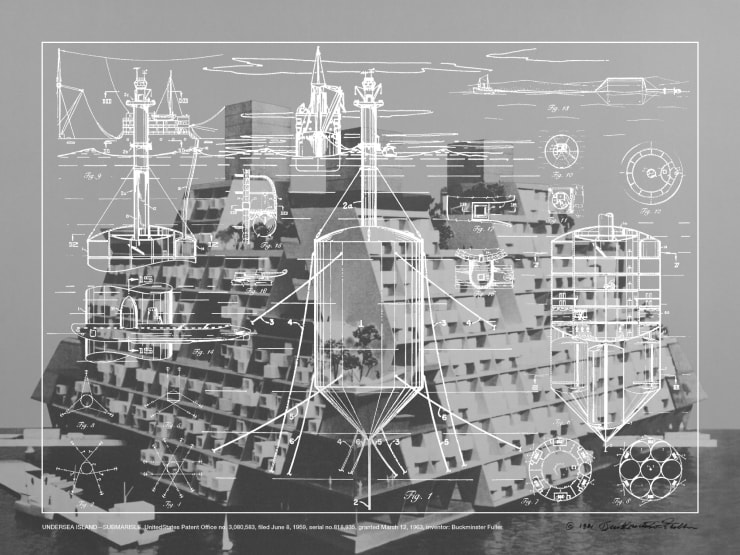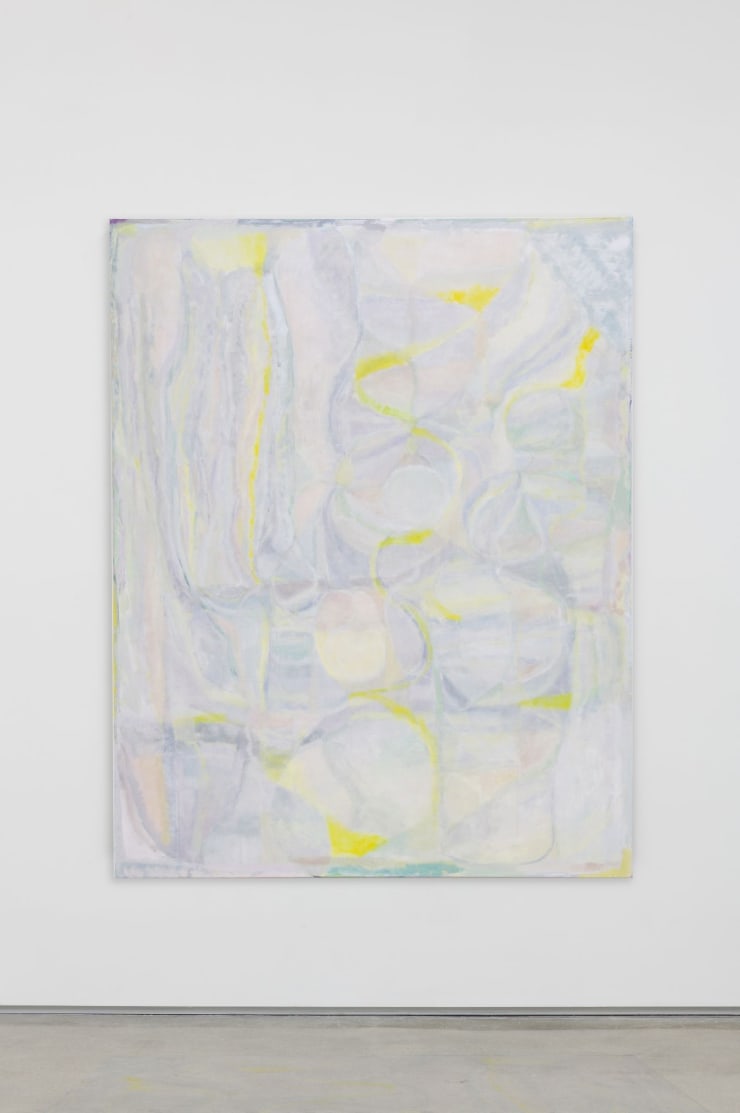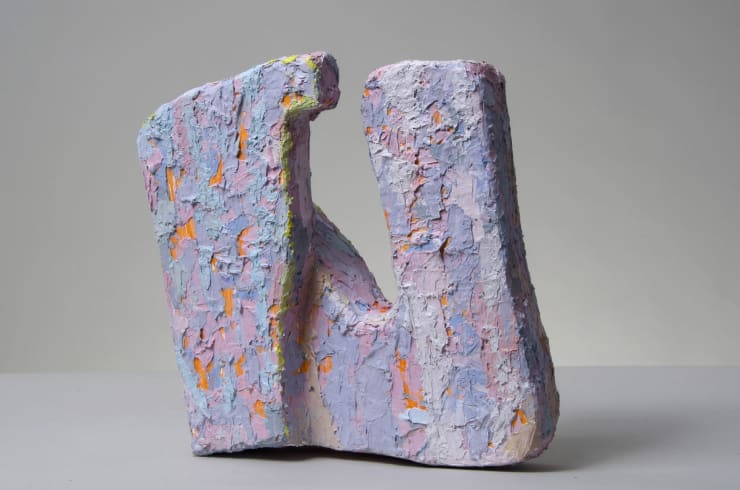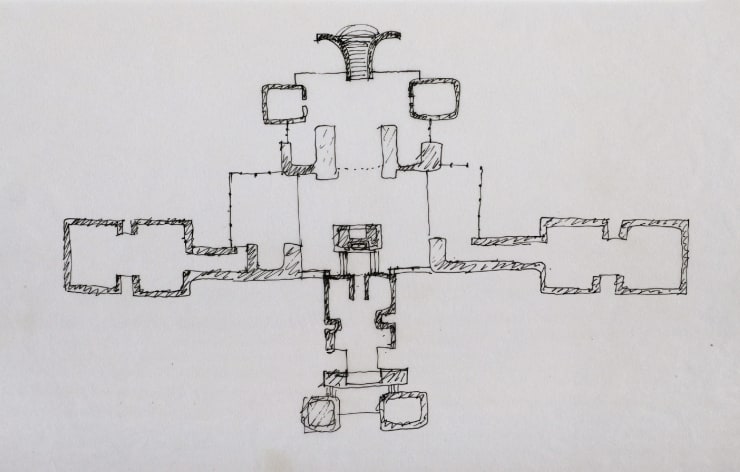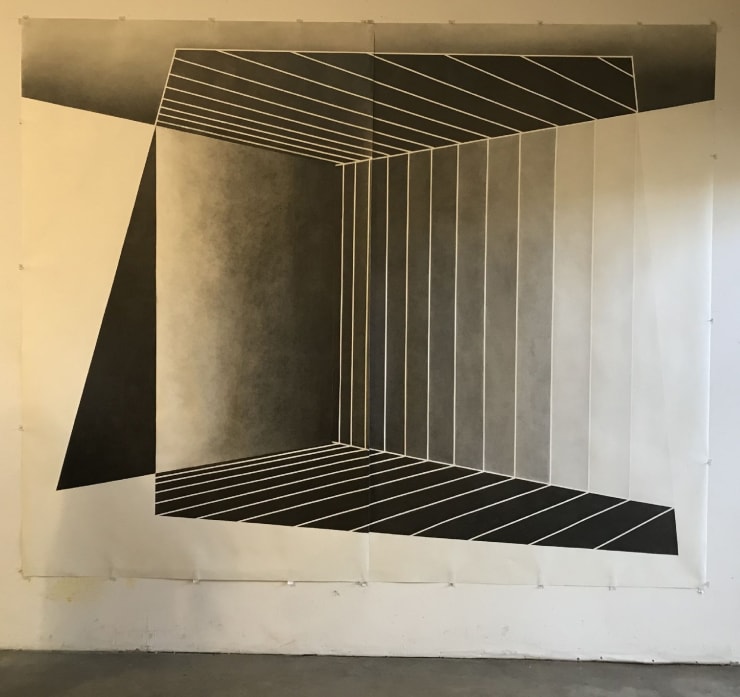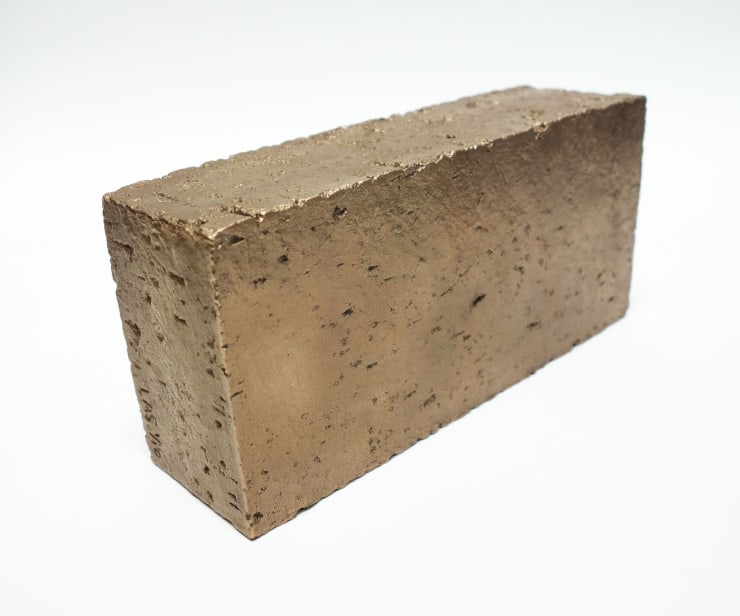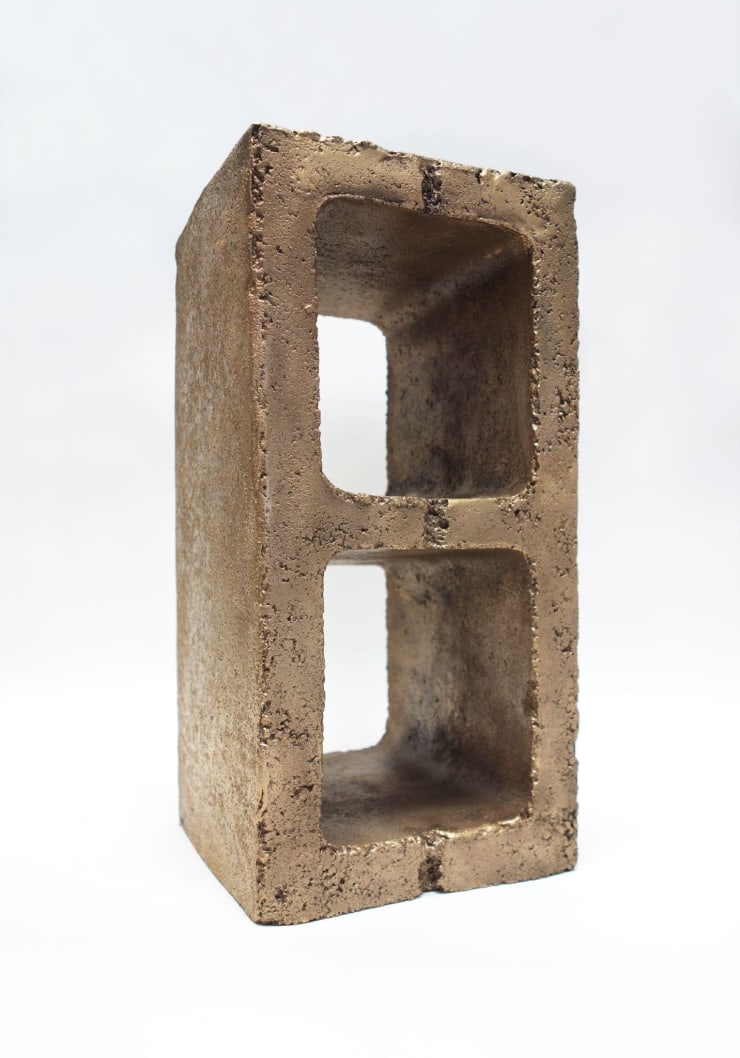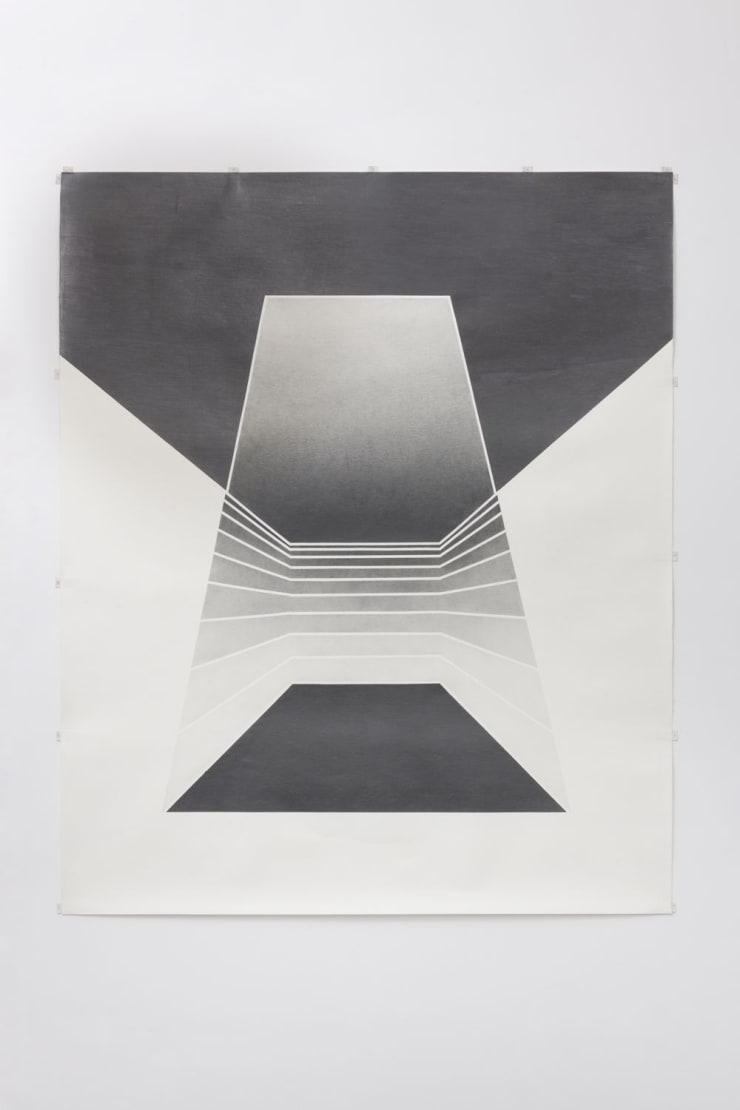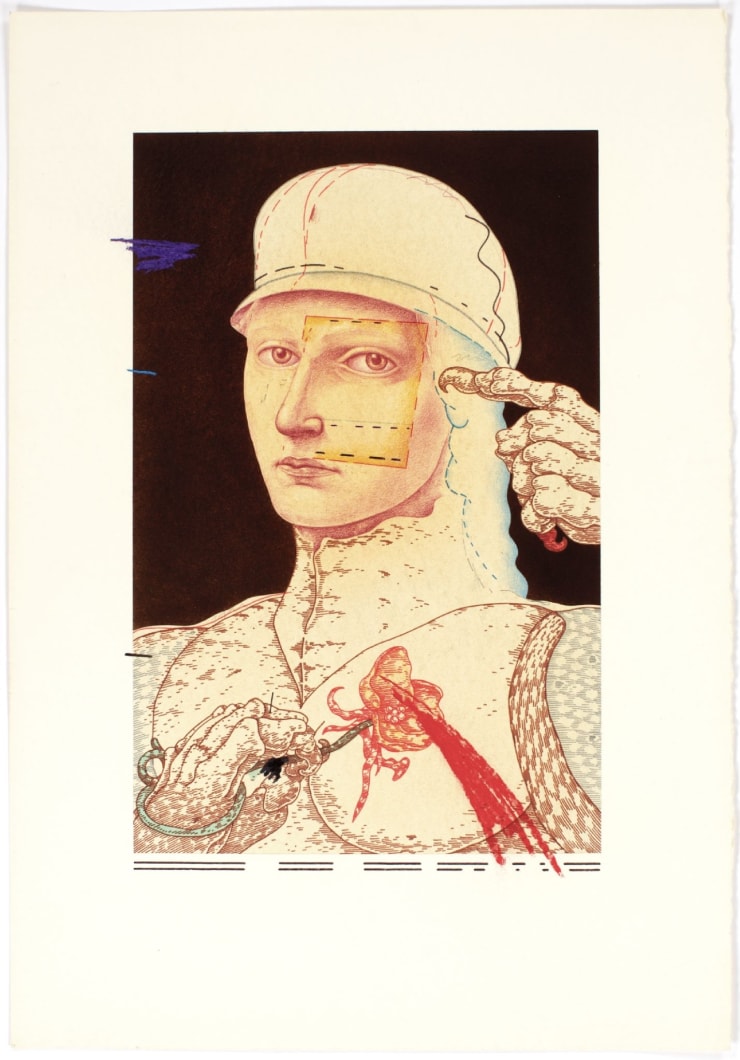Vernacular Environments, Part 2
Edward Cella Art & Architecture presents Vernacular Environments, Part 2, the second of an annual exhibition that explores a diversity of tensions between environments and asks, what pluralities do we live in? Through varied typologies, the works included in this exhibition give reference to ideas that remain largely beyond the gallery walls. The exhibition features works by Shusaku Arakawa, R. Buckminster Fuller, Rema Ghuloum, Hans Hollein, Jill Magid, Alison O’ Daniel, Aili Schmeltz, Paolo Soleri, and Lebbeus Woods. To highlight the spacial qualities of architectural imagery, gallery artist Ruth Pastine has created distinct areas of focus she calls “Color Zones."
Edward Cella Art & Architecture presents Vernacular Environments, Part 2, the second of an annual exhibition that explores a diversity of tensions between environments and asks, what pluralities do we live in? Through varied typologies, the works included in this exhibition give reference to ideas that remain largely beyond the gallery walls. The exhibition features works by Shusaku Arakawa, R. Buckminster Fuller, Rema Ghuloum, Hans Hollein, Jill Magid, Alison O’ Daniel, Aili Schmeltz, Paolo Soleri, and Lebbeus Woods. To highlight the spacial qualities of architectural imagery, gallery artist Ruth Pastine has created distinct areas of focus she calls “Color Zones."
Within the context of an exhibition called Vernacular Environments, it is important to understand the questions and words or phrases that indicate a possible definition of the term. If we consider space as a language, can we speak about a space that does not exist? This societal aspect of the term is revealed as the economic and political aspects of space in the writings of Carl Jung and Martin Heidegger, among others. However, Vernacular Environments speaks to a psychological aspect of space which gives vividness to a thought or event or relationship.
Through this psychological shift, an enduring space is built which creates participants, identifies them, and opens up a timeless world. However, rather than that being the point of the work in this exhibition, and merely identifying a time and place, they shift perspectives to undermine ideological struggles with society. Within this philosophy, we can see the art as being loyal to itself while breaking its own rules, without a need to pretend, subject to the experience of its creation in the studio.
In the work of Shusaku Arakawa (1936-2010), a member of Tokyo’s Neo-Dadaism Organizers, who spoke of himself as an “abstractionist of the distant future,” we see visual fields as discourse and modal systems that constitute the world rather than being constituted by it. R. Buckminster Fuller’s (1895-1983) inventive and visionary editioned sculptures and prints, relate to his famous architectural designs and advance his ideology that we can do “more and more with less and less until eventually, you can do everything with nothing.” Los Angeles based abstract painter and sculptor Rema Ghuloum, responds directly to her external and internal environment, creating works that absorb, recall, see, and feel an experience.
Viennese designer and post-modern architect Hans Hollein’s (1934-2014) early drawings eschew functionalism by transforming everyday objects into monumental buildings able to sustain entire cities. New York-based Jill Magid’s conceptual based works explore emotional, philosophical, and legal tensions between the individual and ‘protective’ institutions, resulting in narratives that elicit dialogue about access to legacy and its proprietary nature. Alison O’Daniel, a Los Angeles based filmmaker and sculptor, creates hanging sculptures that embody a soundtrack for a movie in continuous production, the fragmented abstract forms manifest the possibility of sound. Aili Schmeltz who lives and works in Los Angeles and Joshua Tree integrates utopian ideology into her large-scale drawings and bronze sculptures. Reflecting on suburbanism and urbanism, her works challenge modernist ideals by reducing them to their basic elements.
Italian born, Paolo Soleri (1919-2013) who is best known for his innovative concept of “Arcology” (an expansion of Architecture to include Ecology) created a series of hypothetical proposals in a series of drawings called SPACE FOR PEACE. These drawings conceive a new frontier of human habitation within space; habitats carved into asteroids and moons. American conceptual architect Lebbeus Woods’ (1940-2012) drawings depict spaces of free thought, sometimes in identifiable locations destroyed by war or a natural disaster, but often in future cities. He once said, “maybe I can show what could happen if we lived by a different set of rules.”
Ideas presented by the use of texts, drawings, paintings, diagrams, films, sculpture, and installations have the means to obscure the relationship between art and architecture. But, how do we relate to space as a means of conversation? If language can define a space, is there a boundary to the woman and man-made environments? If these models are both real and imagined, then this expressive history, consisting of distinct and formal disciplines, has the potential to disappear.
-
 Shusaku Arakawa, The Sharing of Nameless, 1984-86
Shusaku Arakawa, The Sharing of Nameless, 1984-86 -
 Buckminster Fuller, Geodesic Stuctures - Monohex, From Inventions Portfolio, Edition 7 of 60, 1981
Buckminster Fuller, Geodesic Stuctures - Monohex, From Inventions Portfolio, Edition 7 of 60, 1981 -
 Buckminster Fuller, Undersea Island - Submersible, From Inventions Portfolio, Edition 7 of 60, 1981
Buckminster Fuller, Undersea Island - Submersible, From Inventions Portfolio, Edition 7 of 60, 1981 -
 Rema Ghuloum, Layl Aswad, 2018
Rema Ghuloum, Layl Aswad, 2018 -
 Rema Ghuloum, Moonrise (for Rita), 2017
Rema Ghuloum, Moonrise (for Rita), 2017 -
 Rema Ghuloum, Morning Ghost, 2017
Rema Ghuloum, Morning Ghost, 2017 -
 Rema Ghuloum, Wild Thing, 2017
Rema Ghuloum, Wild Thing, 2017 -
 Hans Hollein, Gebäude ev. Lintschinger (Building), 1960
Hans Hollein, Gebäude ev. Lintschinger (Building), 1960 -
 Hans Hollein, Gebäude ev. Lintschinger (Building), 1960
Hans Hollein, Gebäude ev. Lintschinger (Building), 1960 -
 Aili Schmeltz, Object/Window/Both/Neither XXXV, 2018
Aili Schmeltz, Object/Window/Both/Neither XXXV, 2018 -
 Aili Schmeltz, 2 x 4, 2017
Aili Schmeltz, 2 x 4, 2017 -
 Aili Schmeltz, Brick, 2017
Aili Schmeltz, Brick, 2017 -
 Aili Schmeltz, Cinderblock, 2017
Aili Schmeltz, Cinderblock, 2017 -
 Aili Schmeltz, Object/Window/Both/Neither XXI, 2017
Aili Schmeltz, Object/Window/Both/Neither XXI, 2017 -
 Paolo Soleri, 90/90, 1987
Paolo Soleri, 90/90, 1987 -
 Paolo Soleri, LIGHT BLADES, 1987
Paolo Soleri, LIGHT BLADES, 1987 -
 Lebbeus Woods, Untitled, c. 1970
Lebbeus Woods, Untitled, c. 1970 -
 Lebbeus Woods, Untitled, c. 1970
Lebbeus Woods, Untitled, c. 1970 -
 Lebbeus Woods, Untitled, c. 1970
Lebbeus Woods, Untitled, c. 1970
















